Product Detail
Product NameS100A9 Rabbit mAb
Clone No.JF096-8
Host SpeciesRecombinant Rabbit
Clonality Monoclonal
PurificationProA affinity purified
ApplicationsWB, ICC/IF, IHC
Species ReactivityHu
Immunogen Descrecombinant protein
ConjugateUnconjugated
Other NamesLeukocyte L1 complex heavy chain antibody 60B8AG antibody CAGB antibody Calgranulin B antibody Calgranulin-B antibody Calprotectin L1H subunit antibody CFAG antibody CGLB antibody Cystic fibrosis antigen B antibody L1AG antibody Leukocyte L1 complex heavy chain antibody LIAG antibody MAC387 antibody MIF antibody Migration inhibitory factor related protein 14 antibody Migration inhibitory factor-related protein 14 antibody MRP 14 antibody MRP-14 antibody MRP14 antibody Myeloid-related protein 14 antibody NIF antibody OTTHUMP00000015331 antibody p14 antibody Protein S100-A9 antibody S100 A9 antibody S100 calcium binding protein A9 antibody S100 calcium binding protein A9 calgranulin B antibody S100 calcium-binding protein A9 antibody S100A9 antibody S10A9_HUMAN antibody
Accession NoSwiss-Prot#:P06702
Uniprot
P06702
Gene ID
6280;
Calculated MW14 kDa
Formulation1*TBS (pH7.4), 1%BSA, 40%Glycerol. Preservative: 0.05% Sodium Azide.
StorageStore at -20˚C
Application Details
WB: 1:1,000
IHC: 1:50-1:200
ICC: 1:50-1:200
Immunohistochemical analysis of paraffin-embedded human tonsil tissue using anti-S100A9 antibody. Counter stained with hematoxylin.
Immunohistochemical analysis of paraffin-embedded human liver cancer tissue using anti-S100A9 antibody. Counter stained with hematoxylin.
Immunohistochemical analysis of paraffin-embedded human breast carcinoma tissue using anti-S100A9 antibody. Counter stained with hematoxylin.
Immunohistochemical analysis of paraffin-embedded human lung cancer tissue using anti-S100A9 antibody. Counter stained with hematoxylin.
Immunohistochemical analysis of paraffin-embedded human spleen tissue using anti-S100A9 antibody. Counter stained with hematoxylin.
ICC staining S100A9 in A549 cells (red). The nuclear counter stain is DAPI (blue). Cells were fixed in paraformaldehyde, permeabilised with 0.25% Triton X100/PBS.
ICC staining S100A9 in Hela cells (red). The nuclear counter stain is DAPI (blue). Cells were fixed in paraformaldehyde, permeabilised with 0.25% Triton X100/PBS.
ICC staining S100A9 in HepG2 cells (red). The nuclear counter stain is DAPI (blue). Cells were fixed in paraformaldehyde, permeabilised with 0.25% Triton X100/PBS.
The family of EF-hand type Ca2+-binding proteins includes Calbindin (previously designated vitamin D-dependent Ca2+-binding protein), S-100α and β, Calgranulin A (also designated MRP8), Calgranulin B (also designated MRP14) and Calgranulin C (S-100 like protein), and the parvalbumin family members, including parvalbumin α and parvalbumin β (also designated oncomodulin). Calbindin, S-100 proteins and parvalbumin proteins are each expressed in neural tissues. In addition, S-100α and β are present in a variety of other tissues, and Calbindin is present in intestine and kidney. Parvalbumin α is also found in fast-contracting/relaxing skeletal muscle fibers and parvalbumin β is found in many tumor tissues as well as in the organ of Corti. Calbindin, S-100 proteins and parvalbulmins have all been detected in leydig cells and testis. These proteins are thought to play a role in hormone production and spermatogenesis. Calgranulin is expressed in macrophages and epithelial cells.
If you have published an article using product 49387, please notify us so that we can cite your literature.



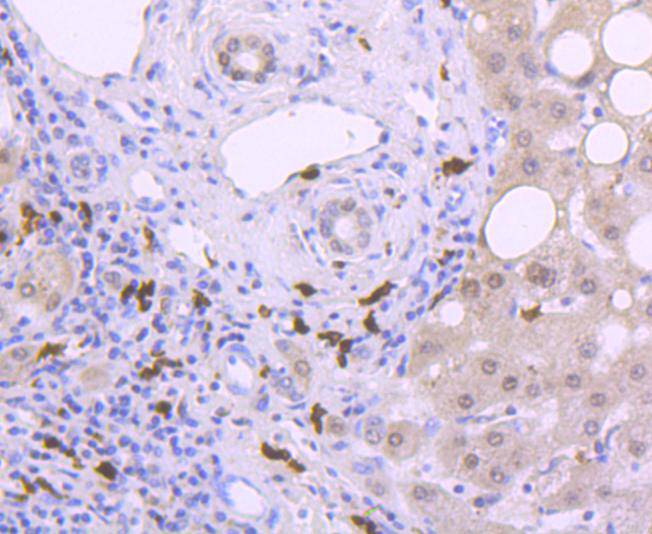
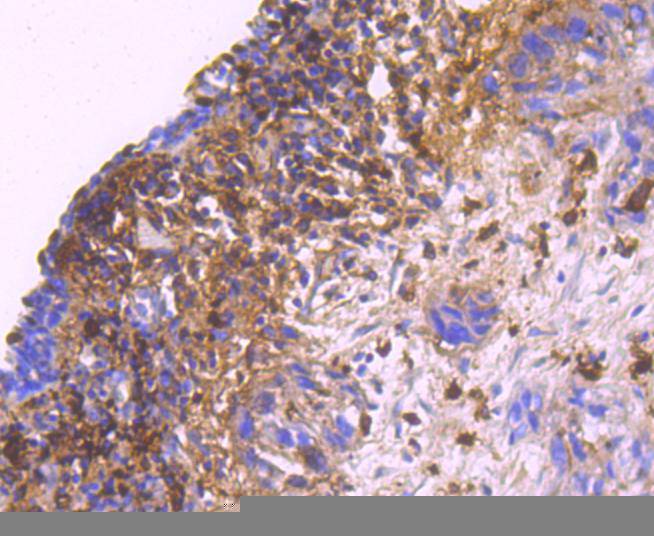


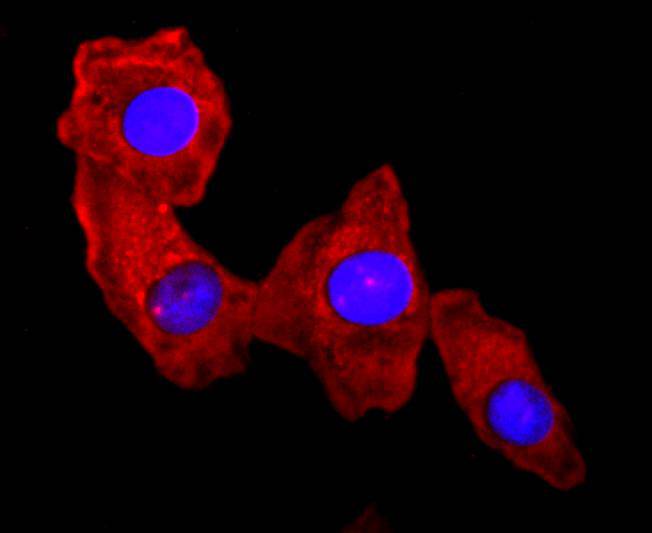
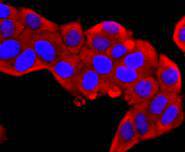
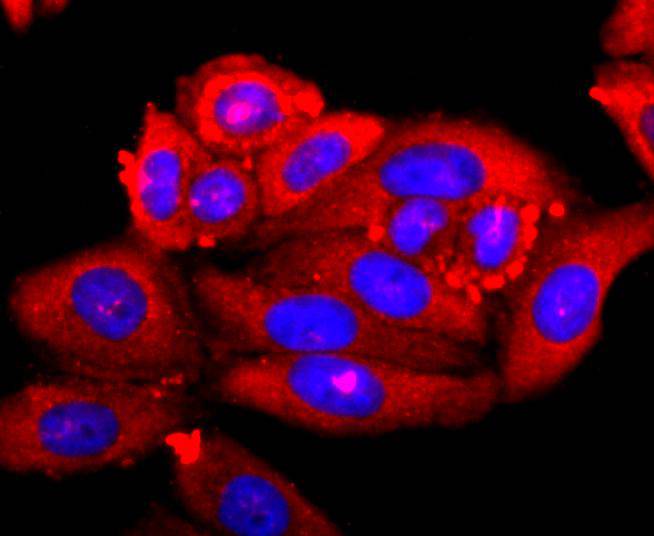
 Yes
Yes



